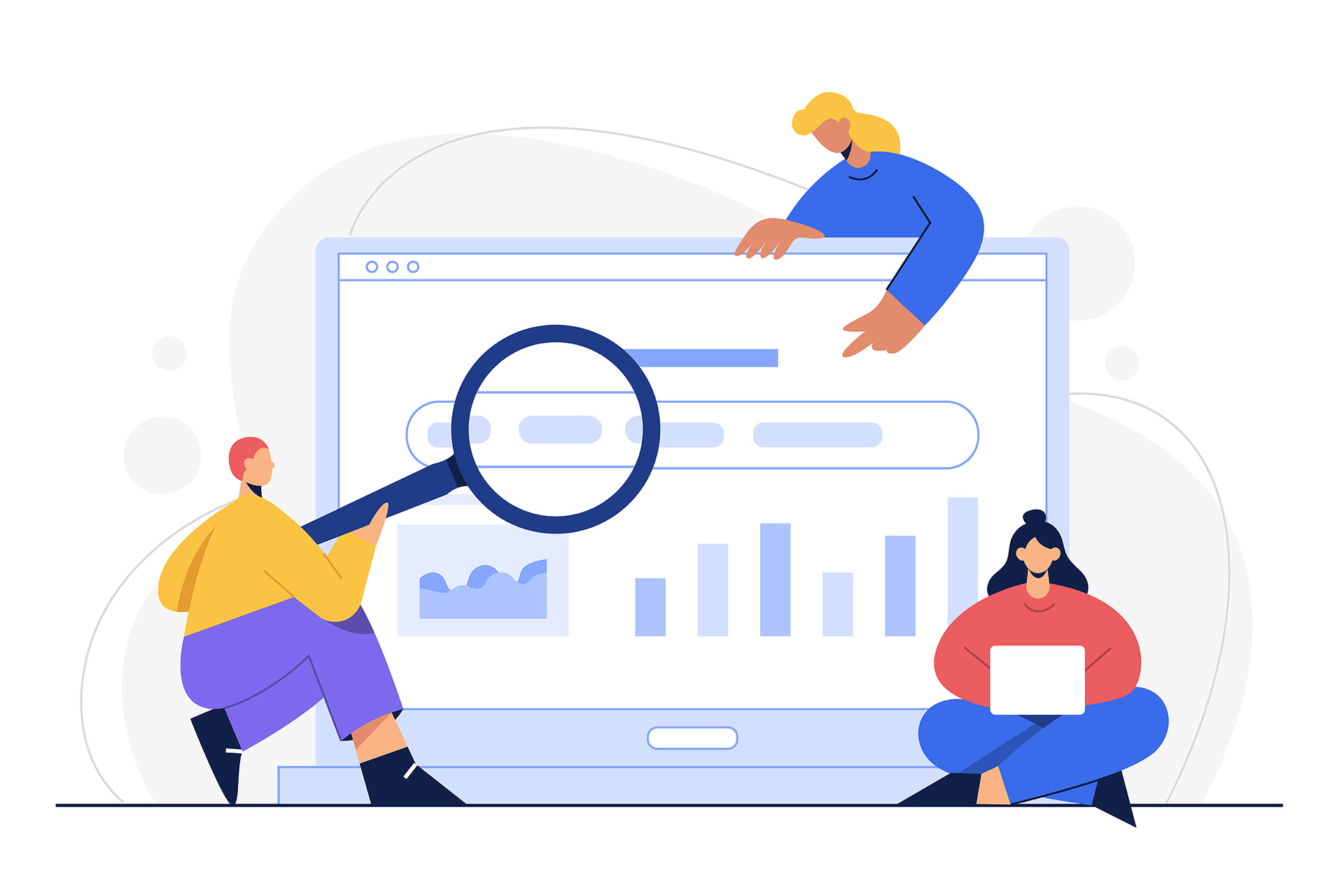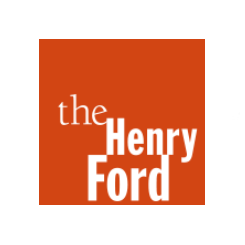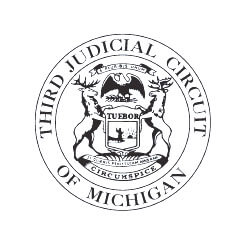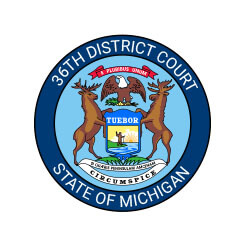News

Google’s New Ad Hiding Feature: A Win for Transparency — and a Wake-Up Call for Marketers | Enqbator’s Take
For the first time, Google is giving users the power to hide sponsored results they don’t want to see. This is more than a small tweak—it’s part of a broader shift toward a more transparent, user-centric ad experience.
For the first time, Google is giving users the ability to hide sponsored results they don’t want to see — an update that marks a major shift toward user control and transparency. At Enqbator, we see this as a positive and necessary evolution in the digital landscape.
For years, our team has emphasized user-first experiences — designing web solutions and digital strategies where content earns attention rather than forcing it. Google’s new feature aligns perfectly with that vision:< br />
- Ads and digital experiences must respect user choice.
- Brands that provide real value, clarity, and relevance will stand out even more.
- SEO, accessibility, and trustworthy content are becoming even more strategic assets.
This isn’t a setback for digital marketing — it’s a moment of alignment with how users actually want to experience the web.
Sponsored results will now be grouped under one section at the top of Google Search, marked with a prominent “Sponsored” label. At the bottom of that section, users will now see a “Hide sponsored results” button. Once pressed, the ad section remains collapsed until the user expands it again. Importantly, this setting does not appear to be persistent across all searches—users may need to re-hide sponsored results for new queries or sessions.
Why This Is a Shift Toward Transparency
This feature gives users direct choice in how their search results appear, making ad experiences less disruptive.
It aligns with Google’s prior work on My Ad Center, which lets users manage ad topics, opt out of personalized ads, and view explanations of ad relevance.
The update signals Google’s willingness to balance advertising with user preference, not just profit—a direction that benefits both users and brands that value respect and relevance.
What This Means for Digital Strategy
Marketers should expect increased emphasis on ad quality, relevance, and genuine value—poorly targeted or generic ads risk being hidden and ignored.
There will be growing importance in measuring how long ads stay visible, user interactions, and adjusting bids to reflect user engagement.
Content and organic SEO will gain even more relative importance since users now have a simple mechanism to reduce ad clutter.
What Organizations Should Do Next
- Invest in better ad targeting — quality will matter more than quantity.
- Strengthen organic search strategy — visibility can’t rely on ads alone.
- Lean into transparency — clear messaging builds trust and loyalty.
- Focus on accessibility and UX — users who feel respected engage more deeply.
This development is more than cosmetic—it represents a turning point in how users and advertisers coexist in the search ecosystem. For Enqbator, it reinforces our conviction that user-first design, transparency, and relevance are not just ethics—they’re essential to success.
This change reinforces a simple truth: Great digital experiences are built around people, not impressions.
Enqbator will continue to help organizations design digital ecosystems that thrive in this user-first era.
Official References:


















